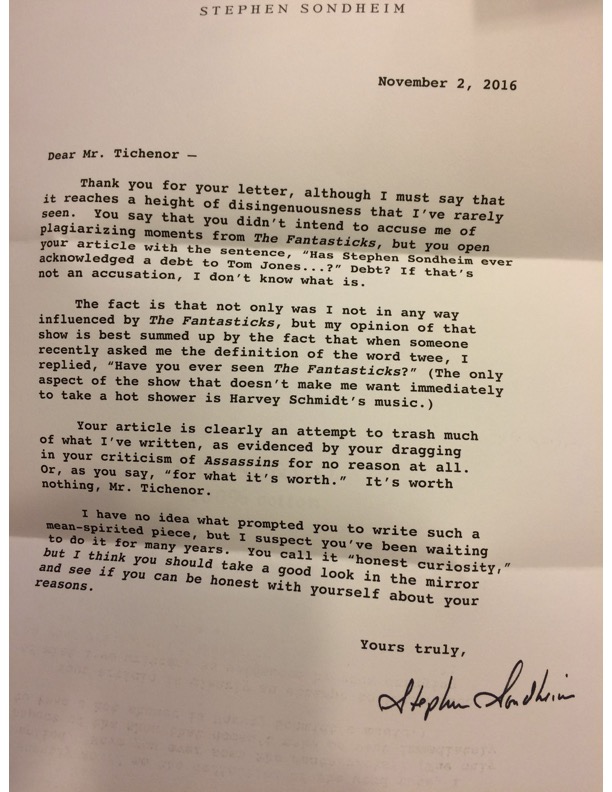

"Mirror, mirror on the wall, who's the fairest of them all?" "You're short, you're fat, you're old and you're gray. The author is communicating the difference between.Women everywhere, this is your call to action! Get the grown woman's guide to becoming Queen of Your Own Life from Kathy Kinney (best known as Mimi on The Drew Carey Show) and publishing executive Cindy Ratzlaff."Project Classroom Makeover" Close Reading Assignment.Cathy Davidson's "Project Classroom Makeover," Clo.Close Reading of "Project Classroom Makeover"."Project Classroom Makeover" Close Reading.Steven Johnson's The Myth of the Ant Queen, Key Te.

 Search for Shared References within The Ecstasy of. "The Ecstasy of Influence: A Plagiarism". "The Ecstasy of Influence: a Plagiarism". Johnson and Davidson both remove what they believe to be an inhibitor of group intelligence and progress in attempt to create a more adaptive society. Davidson believes that the Internet could be a cultural and learning hub where there are no experts and one person has as much right to contribute to a problem or discussion as the next, basing her model on the results of the iPod experiment that happened at Duke University, in which first-year students, then later older years as well, were given iPods and told to figure out a way to facilitate learning with it, often in the form of creating an app. Johnson’s view of pacemakers parallel Davidson’s view of “experts”. Johnson’s world without pacemakers with an organized chaos/complexity starts to relate to Cathy Davidson’s vision of what the Internet could have been in her essay Project Classroom Makeover. Johnson uses his essay to show that pacemakers and figureheads serve as a simplified surface answer to the complex and multifaceted explanation in systems like ant colonies where it seems like unorganized chaos, but turns out to be more organized than originally seen. The English monarch and royal family gain as much respect as one would think a king or queen would, but the times of “ruling of the land” are over in the United Kingdom since Parliament does much of the real decision-making. A modern day figurehead can be seen in today’s society with the Queen/King of England, whose powers are far fewer than one might think given the title. The ant queen being the clearest example of this, due to her lack of involvement in the colony and the real intelligence being shared among the masses of worker ants, but the pacemaker-figurehead similarity does not end with ants. He states “we know that systems like ant colonies don’t have real leaders.But the desire to find pacemakers.has always been powerful” (195), but with this he creates a sense that the need and/or appointment of a pacemaker is a social construct made to facilitate the understanding of the creation of such complex systems by crediting an individual person or group, regardless of the true level of impact they had. Johnson’s use of pacemaker becomes synonymous with figurehead. Manchester serves as a prime example for the idealized world Johnson creates, a world without pacemakers. Friedrich Engels comments, “I have never come across so systematic a seclusion of the working class from the main streets” (as noted by Johnson 197). Johnson relates the history of Manchester, England to the audience focuses largely on its lack of governmental intervention during its period of rapid expansion that resulted in an almost too perfect separation of classes. The lack of intervention from the ant queen exemplifies Johnson’s opinion on the futility of a pacemaker in society, and goes on to strengthen his point with human examples.
Search for Shared References within The Ecstasy of. "The Ecstasy of Influence: A Plagiarism". "The Ecstasy of Influence: a Plagiarism". Johnson and Davidson both remove what they believe to be an inhibitor of group intelligence and progress in attempt to create a more adaptive society. Davidson believes that the Internet could be a cultural and learning hub where there are no experts and one person has as much right to contribute to a problem or discussion as the next, basing her model on the results of the iPod experiment that happened at Duke University, in which first-year students, then later older years as well, were given iPods and told to figure out a way to facilitate learning with it, often in the form of creating an app. Johnson’s view of pacemakers parallel Davidson’s view of “experts”. Johnson’s world without pacemakers with an organized chaos/complexity starts to relate to Cathy Davidson’s vision of what the Internet could have been in her essay Project Classroom Makeover. Johnson uses his essay to show that pacemakers and figureheads serve as a simplified surface answer to the complex and multifaceted explanation in systems like ant colonies where it seems like unorganized chaos, but turns out to be more organized than originally seen. The English monarch and royal family gain as much respect as one would think a king or queen would, but the times of “ruling of the land” are over in the United Kingdom since Parliament does much of the real decision-making. A modern day figurehead can be seen in today’s society with the Queen/King of England, whose powers are far fewer than one might think given the title. The ant queen being the clearest example of this, due to her lack of involvement in the colony and the real intelligence being shared among the masses of worker ants, but the pacemaker-figurehead similarity does not end with ants. He states “we know that systems like ant colonies don’t have real leaders.But the desire to find pacemakers.has always been powerful” (195), but with this he creates a sense that the need and/or appointment of a pacemaker is a social construct made to facilitate the understanding of the creation of such complex systems by crediting an individual person or group, regardless of the true level of impact they had. Johnson’s use of pacemaker becomes synonymous with figurehead. Manchester serves as a prime example for the idealized world Johnson creates, a world without pacemakers. Friedrich Engels comments, “I have never come across so systematic a seclusion of the working class from the main streets” (as noted by Johnson 197). Johnson relates the history of Manchester, England to the audience focuses largely on its lack of governmental intervention during its period of rapid expansion that resulted in an almost too perfect separation of classes. The lack of intervention from the ant queen exemplifies Johnson’s opinion on the futility of a pacemaker in society, and goes on to strengthen his point with human examples. #The myth of the ant queen trick mirror how to
In this case, the ant queen is the expected pacemaker, but despite the common misconception, the ant queen does is tucked away from a majority of the ants, and gives no orders on how to do things. Gordon points out to Johnson, and in turn the reader, how the ants had formed a unique and organized system, which even dictated spots for the deceased and trash away from the main areas of the colony. In The Myth of the Ant Queen, Johnson recounts his time with Deborah Gordon and her studies with the ant colony in her laboratory. Similar to the device which monitors and regulates, he describes a pacemaker as the overseer of the beings under itself control, telling them what and how to do things, and then spends the rest of his essay arguing how a pacemaker is unnecessary. The term “pacemaker” is usually used in reference to the medical device used to help with certain heart issues, but in his The Myth of the Ant Queen, Johnson uses the term to describe formal decision makers in societies (heads of companies, government officials, and of course the titular ant queen).







 0 kommentar(er)
0 kommentar(er)
